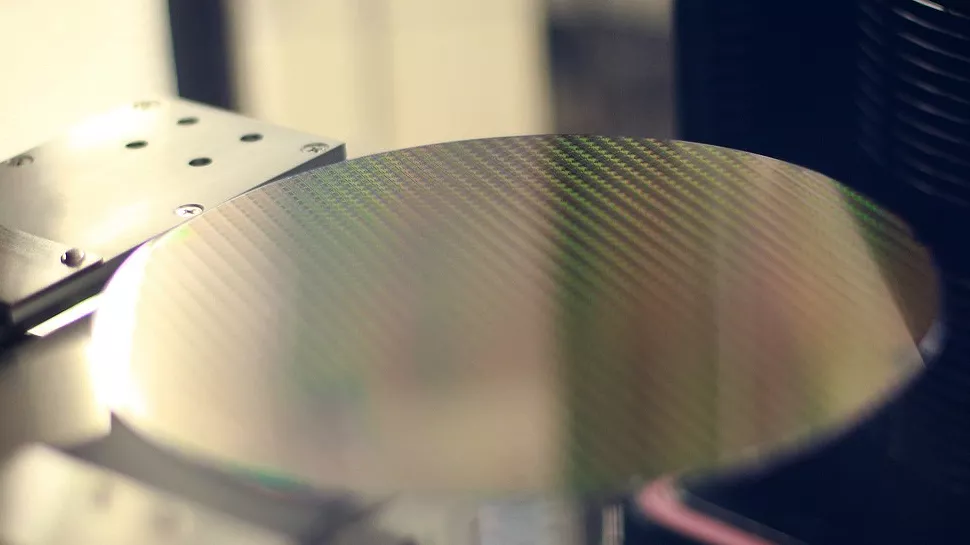The DigiTimes report, which cites Wei Shaojun, a professor at Tsinghua University and vice president of the China Semiconductor Industry Association, says the goals of China’s “Made in China 2025” program are unlikely to be met. It points out that Chinese chipmakers will struggle to meet 70 percent of domestic demand for ICs by 2025. In addition, the profitability, capitalization and investment capability of Chinese chipmakers are far behind those of their peers.

According to Wei Shaojun, while China has made progress in terms of the value share of domestically produced chips (from 13% in 2013 to 41.4% in 2022), the ambitious goal of 70% self-sufficiency in semiconductors seems almost unattainable. This is partly because both the U.S. and Europe fund their semiconductor sectors from government resources, and current global changes favor this.
It also points to the imbalance between supply and demand in China’s IC design sector. Although China has a monthly demand of about 1.5 million 300-mm wafer starts per month, domestic manufacturers can only supply about 440,000 WSPM per month.
According to Wei Shaojun and others in the industry, China has made a critical mistake over the past decade by relying heavily on foreign companies to operate in the country. Investor-owned Chinese semiconductor companies have shown solid growth, but non-Chinese companies have achieved an even higher growth rate. This underscores the Chinese semiconductor industry’s continued dependence on external support.
Furthermore, it is pointed out that Chinese semiconductor companies have underperformed in Chinese markets. Listed companies have low gross margins in the IC design sector. Chinese companies have lower profitability and profit margins compared to their U.S. peers.
In summary, the report reveals that China still has much work to do to close the gap with semiconductor industry leaders. This is especially true for the development of domestic CPUs and GPUs.
Source: TomsHardware
































1 Antwort
Kommentar
Lade neue Kommentare
Veteran
Alle Kommentare lesen unter igor´sLAB Community →